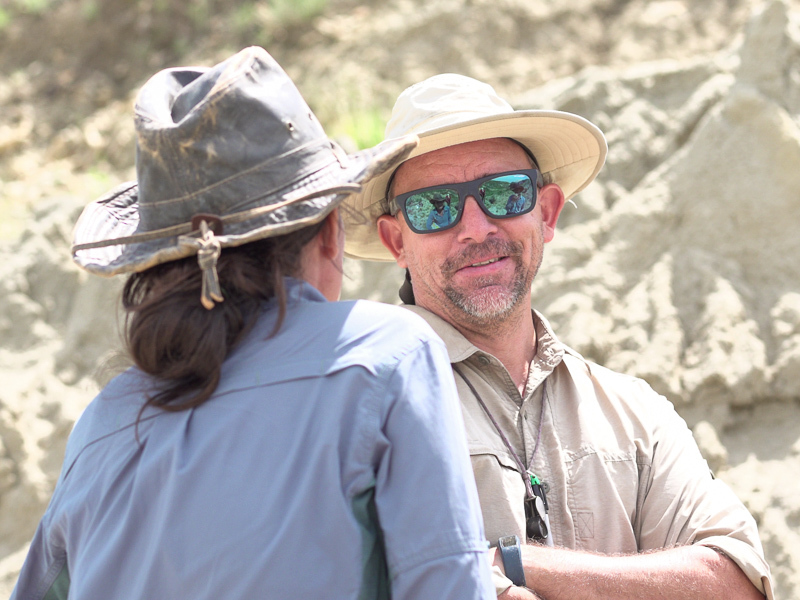
Museum’s Astronomy Days Highlights Solar System Missions, Feb. 1-2
January 24, 2025
Get ready for lift off when the North Carolina Museum of Natural Sciences hosts Astronomy Days, Saturday and Sunday, Feb. 1-2, 10 a.m. – 5 p.m. Go on a celestial adventure that explores the wonders of the universe through technology, telescopes, engaging talks and a cluster of hands-on activities. Visitors are invited to safely look… Read More >

Scorching Climate Drove Lampreys Apart During Cretaceous Period
January 8, 2025
A new study finds that one of the hottest periods in Earth’s history may have driven lampreys apart – genetically speaking. The work could have implications for how aquatic species respond to our current changing climate. “Lampreys are simultaneously creepy and special – even though people tend to think of them as just tubes with… Read More >

Mediterranean fossil is the world’s oldest saber-toothed protomammal
December 17, 2024
Image credit: Henry Sutherland Sharpe. NC Museum of Natural Sciences’ researcher helps describe 270-million-year-old predator An international team of researchers from the North Carolina Museum of Natural Sciences in Raleigh and the Institut Català de Paleontologia Miquel Crusafont and Museu Balear de Ciències Naturals in Spain have described a fossil animal that lived between 270… Read More >

‘Journey to Space’ Exhibition Touches Down at N.C. Museum of Natural Sciences Nov. 2
October 21, 2024
[RALEIGH, N.C.] — Do you have what it takes … to live and work in space? Find out at “Journey to Space,” a new exhibition opening at the North Carolina Museum of Natural Sciences on Saturday, Nov. 2. This special exhibition, developed in partnership with NASA’s Johnson Space Center, invites visitors to explore the extraordinary… Read More >

Dueling Dinosaurs: Context is Key
September 23, 2024
Geologist Eric Roberts pictured with paleontologist Lindsay Zanno. You have a lot of questions about how a tyrannosaur and a Triceratops came to be buried together one day in the Late Cretaceous. So do we. To study ancient animals, paleontologists need expertise in the biological sciences and the geological sciences. This is because fossils are… Read More >

